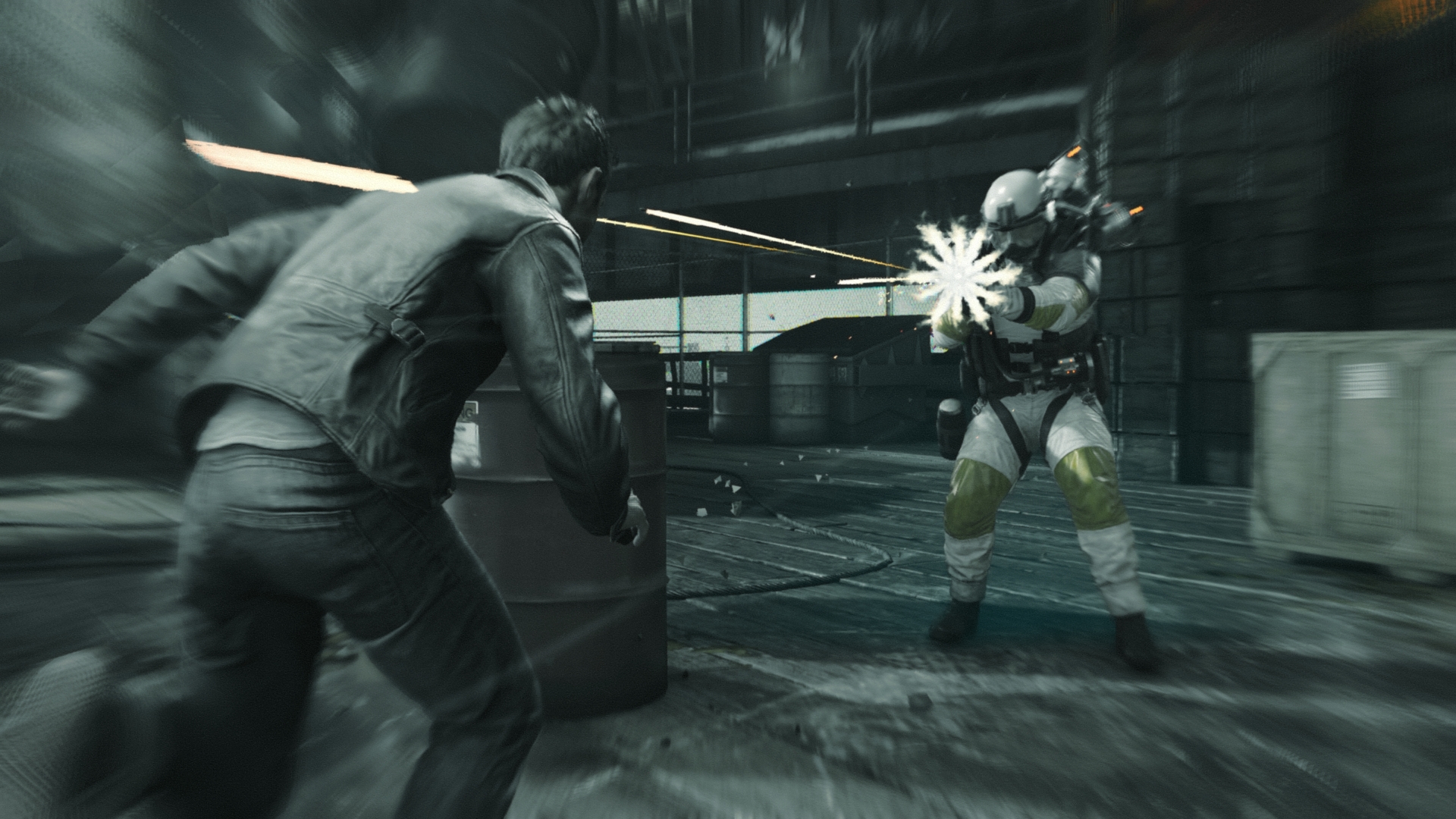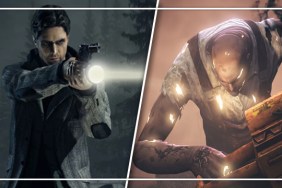There's a clear line of evolution in Remedy's history as a game developer in terms of gameplay, style, and story, starting from their comic-book cut-scenes in Max Payne with its bullet-time excursions and John Woo cinematic theatrics whose fingerprints can be seen in Quantum Break's time-based mechanics, to the light-based combat mechanic of Alan Wake, and the more action-oriented implementation in American Nightmare. Just as interesting is how Quantum Break diverges from Remedy's innovations with gameplay, referencing other giants in the action genre with "Show" sections that are on par with modern TV suspense dramas.
As one Xbox handler exclaimed, at a recent Xbox Spring Showcase event in San Francisco, "You made it to 'The Show'!" (Not only did this event host a three-hour hands-on demo for Quantum Break, but it also featured the fanciest portable toilets I've ever seen.) The Show is an interesting part of Quantum Break as it's a series of short, filmed, live-action television episodes about 20 to 30 minutes long that sets up what's going on between the game's characters in between the five acts of the game's story.
Different decisions made in-game affect or unlock what's seen in The Show fairly drastically—in fact, there are 44 different permutations of the story. And it features recognizable top-notch TV talent—like Lance Reddick (The Wire, Fringe), Aidan Gillen (The Wire, Game of Thrones), Dominic Monaghan (Lost, Lord of the Rings), and Shawn Ashmore (The Following, X2) as lead character Jack Joyce—providing both motion capture in-game and live-action performances in The Show.
Where Max Payne is an anachronistic American gangland version of a John Woo blood opera and Alan Wake is a mishmash of Twin Peaks and Steven King, Quantum Break is the odd mix of an Uncharted game, Infamous, and the modern television era ushered in by Lost, 24, and Prison Break. Quantum Break uses its "Show" section to give background and information about what's going on with other characters who will likely appear in later gameplay sections, and what they are doing while the gameplay characters are in transit, immobilized, or otherwise busy.
The Show-specific characters are the classic TV tropes of this modern era, like the obnoxious-but-necessary genius hacker, the noble character betraying the villains, the monolithic evil-corp (named Monarch, if that's not obviously evil enough), the guy on the wrong side of the fight just trying to do right by his family, his put-upon wife who tries to understand that he's just working to protect her and her unborn child, and the villains who know-way-more-than-they-are-letting-on-but-believe-they-are-doing-their-evil-tapdance-for-the-right-reasons, etc., etc. It all feels a bit broad, but appears to work adequately in the service of the plot.
It's an odd break, to go from The Show to the game and back again. While Quantum Break is an absolutely gorgeous game (PCs were running it at a 2K resolution for the preview, with promises of a final 4K resolution for release), it was jarring to jump down from a smoother traditional videogame framerate to what by comparison seemed an incredibly jerky 24fps for The Show. It's quite a transition from high-quality 3D models with excellent facial motion capture, to the real thing with noticeable facial stubble, involuntary facial ticks, hairs out of place, and light effects that would be too costly to render on any current hardware.
The un-reality is pushed slightly by a few strange story elements, like everyman hero Jack Joyce's explanation for his martial prowess as having used a gun before to take care of himself. This statement doesn't exactly equal his ability to use a variety of automatic weapons to take on corporate soldiers in riot gear using flanking tactics. It brings to mind the unfortunate line from Uncharted 2: Among Thieves, where the villainous warlord Zoran Lazarević breaks the game—and virtually all gun-combat driven games and action movies—by challenging Nate Drake's moral self-justification by asking, "How many men have you killed. How many, just today?"
Uncharted feels like it plays a big role in the development legacy of Quantum Break's gameplay as well. The in-game cinematics sometimes include player actions that feel familiar to the Uncharted series' on-the-fly movement from cut-scene to gameplay, especially story exposition that's delivered while you move through gorgeous, sometimes breathtaking environments. It also uses a limited cover-based third-person-shooter mechanic with Uncharted-like enemy AI and inFamous-like time powers to supplement the fights. The resulting gameplay pastiche is fast, dynamic, and fairly light in terms of difficulty; I recommend playing the game on Hard for any degree of challenge. That said, every combat felt like a different sort of action puzzle; reaching its apex in the demo's finale when Monarch soldiers with time powers of their own began to show up.
The combat time powers involve a speed-dash, a time stop that allows you to fire at a frozen time bubble centered around an enemy who takes all the damage when time restarts—this feels not dissimilar to Alan Wake's flashlight-gun-combat—a time-shield to deflect bullets, and later a more advanced bomb-like time-blast that can be charged to do damage by itself to a larger area-of-effect. All of these powers act on a cooldown timer and can be upgraded for larger splash damage, different offensive abilities, and shorter cooldowns. Health works on the standard "red-out" timed healing of modern action titles. While the slowing or stopping of time of these effects is cool-looking, they aren't fundamentally different from powers in many other games, but they are excellently balanced and handled in-game (at least, on Hard mode).
Outside of combat, there are puzzle sections involving the temporary reversal of time to restore walkways and other platforming features. As a story element this allows for Jack Joyce to experience flashbacks of other characters' lives, conveniently furthering the plot while engaging in cool world-building visuals. He learns of the conflict between his brother William Joyce (Dominic Monaghan) and the game's antagonist, Paul Serene (Aiden Gillen), over a physics experiment that threatens to "end time" that makes up the main plot, with former besties Jack and Paul accidentally acquiring their powers through a botched version of said-experiment.
As a nice change in point of view, one short gameplay section lets you play as Paul Serene, who is prompted by Monarch CEO Martin Hatch (Lance Reddick) to make an in-game decision that changes parts of both The Show and the gameplay for following sections with Jack Joyce, making me wonder if these decisions stack for multiple different paths, or if, like in Life Is Strange, the basic path remained unchanged, but with different opportunities available for incremental changes to the story and characters.
Regardless, Remedy clearly has seen the value of Telltale's Walking Dead revolution and wants players to make similarly hard decisions, where there are costs and benefits to both sides. That said, of the four people I talked to, we all made the same decision (guess we'll have to try the other one on a second playthrough).
Remedy is an interesting company that has staked out a claim on creating games that are by definition referential, but always in a clever way that exemplifies, rather than exploits, the material they are referencing. Quantum Break, from its first three hours, at least, seems to be succeeding at doing the same with sci-fi suspense American television shows. Sure, it feels weird to go from the game to the show, and it's building off of a lot of other games' successes, but it integrates so incredibly well into its own thing that you hardly notice. I look forward to getting to play the final game once it releases for Xbox One and PC on April 5, 2016.
Quantum Break The Show
-
Quantum Break The Show #1
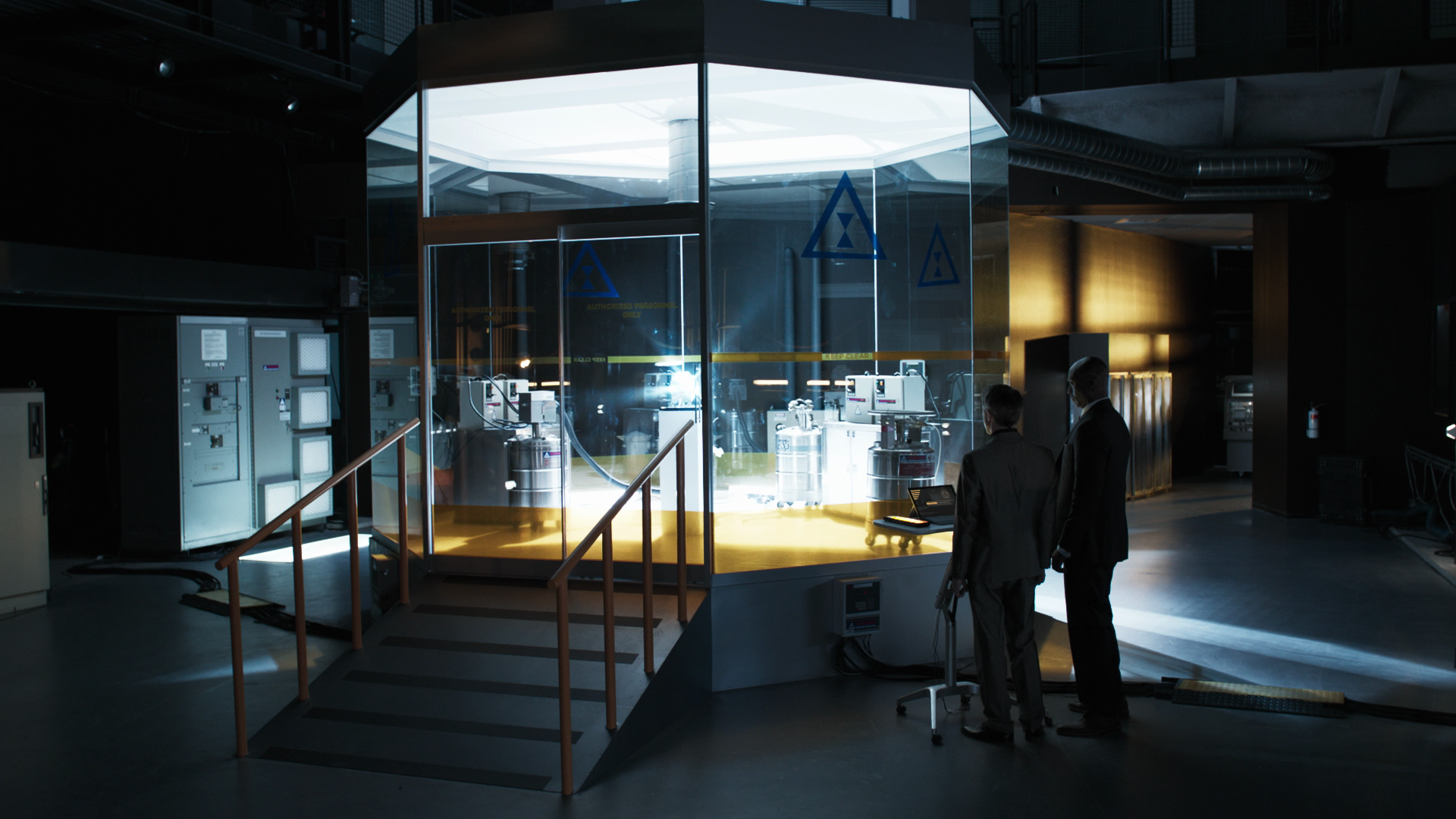
-
Quantum Break The Show #2

-
Quantum Break The Show #3
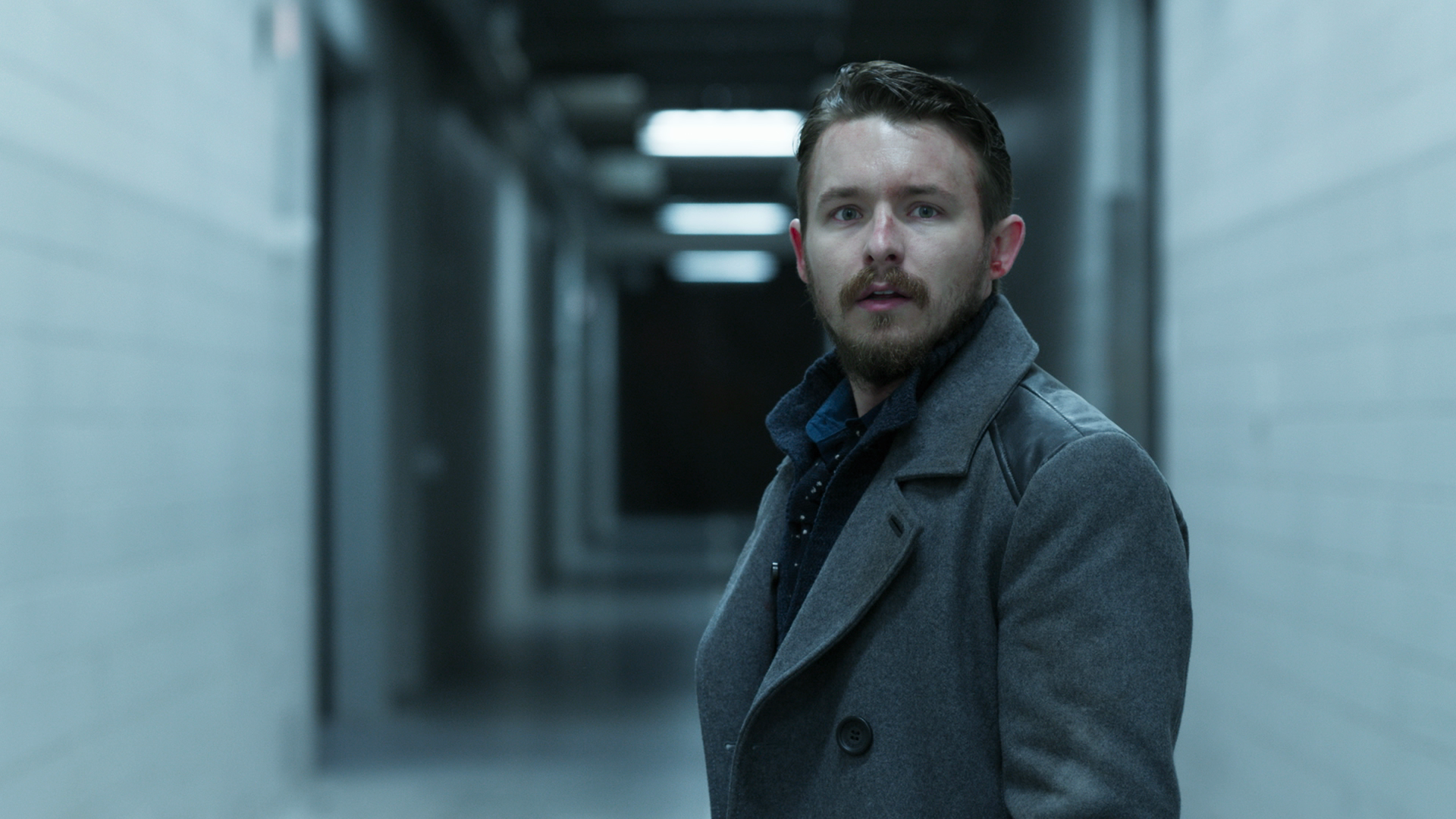
-
Quantum Break The Show #4
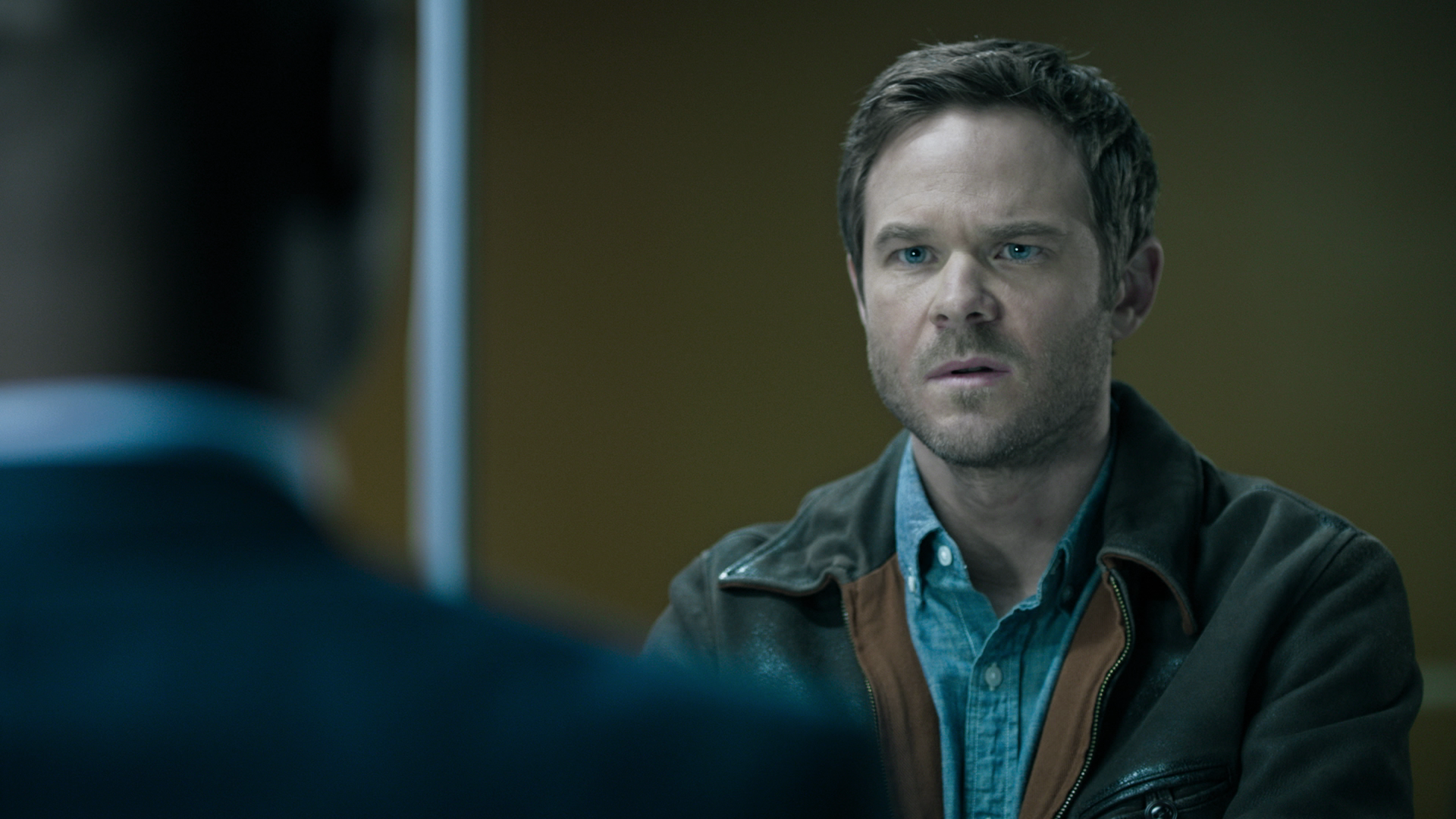
Quantum Break Screens
-
Quantum Break Screens #1

-
Quantum Break Screens #2
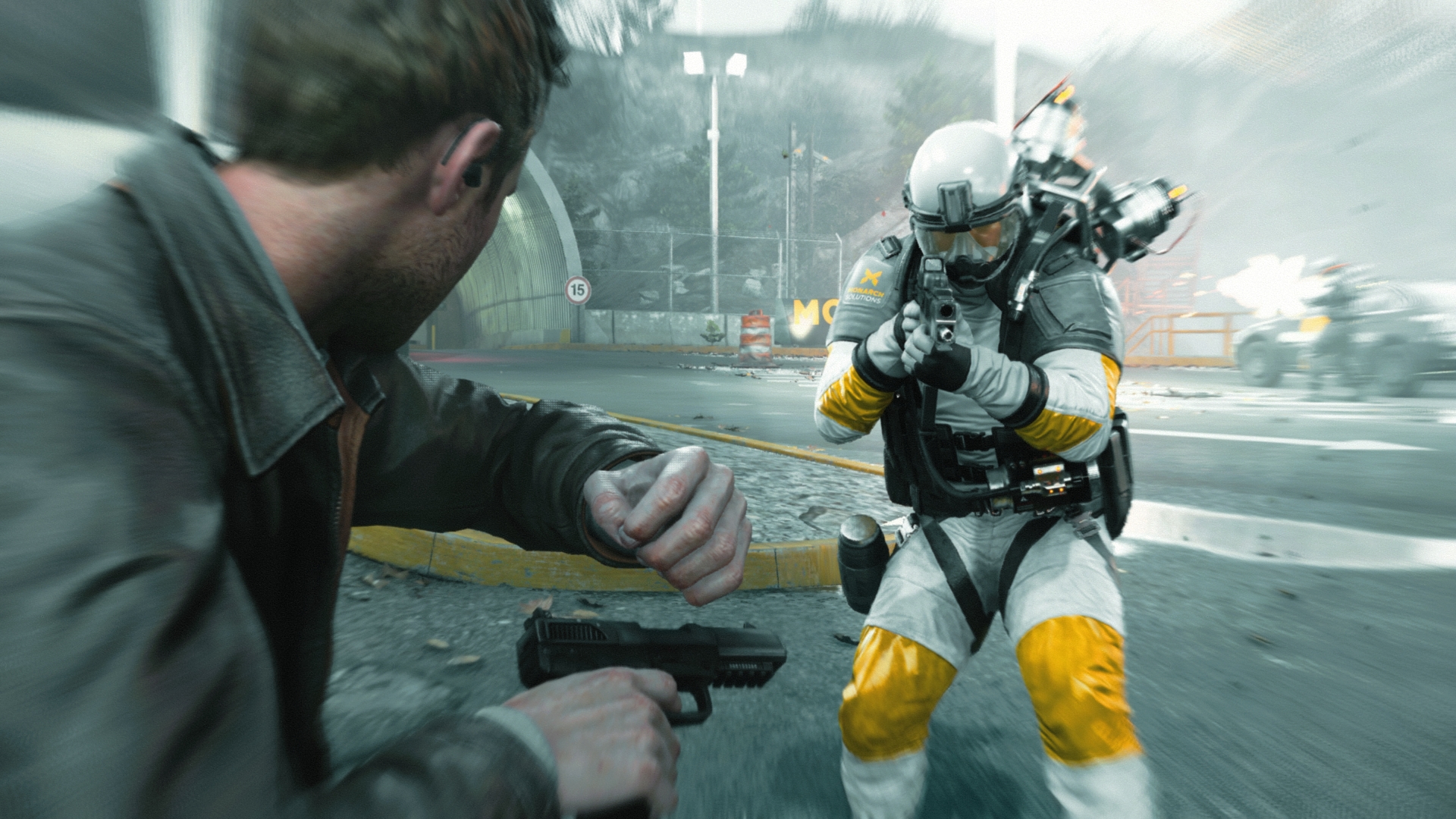
-
Quantum Break Screens #3
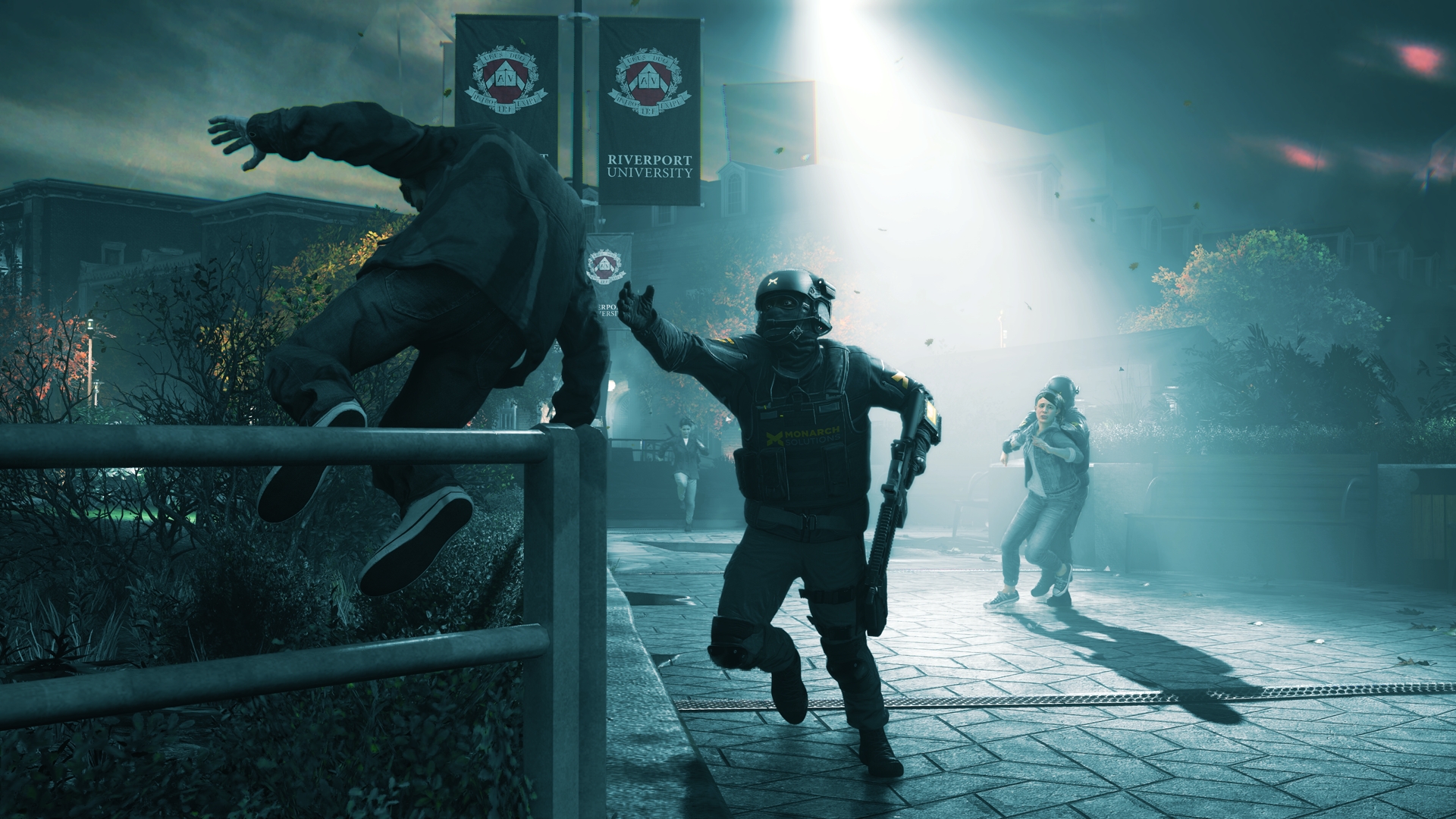
-
Quantum Break Screens #4
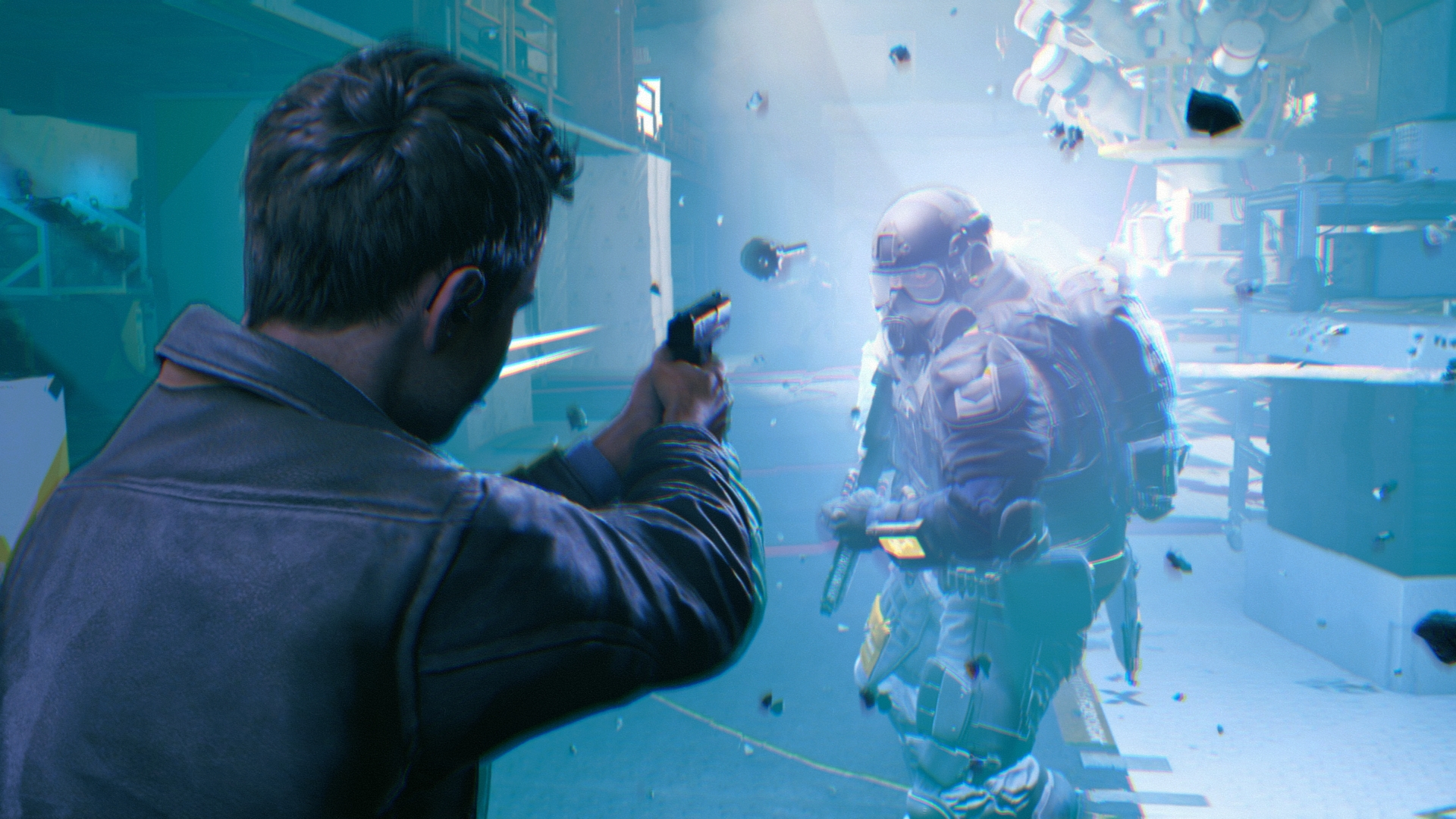
-
Quantum Break Screens #5
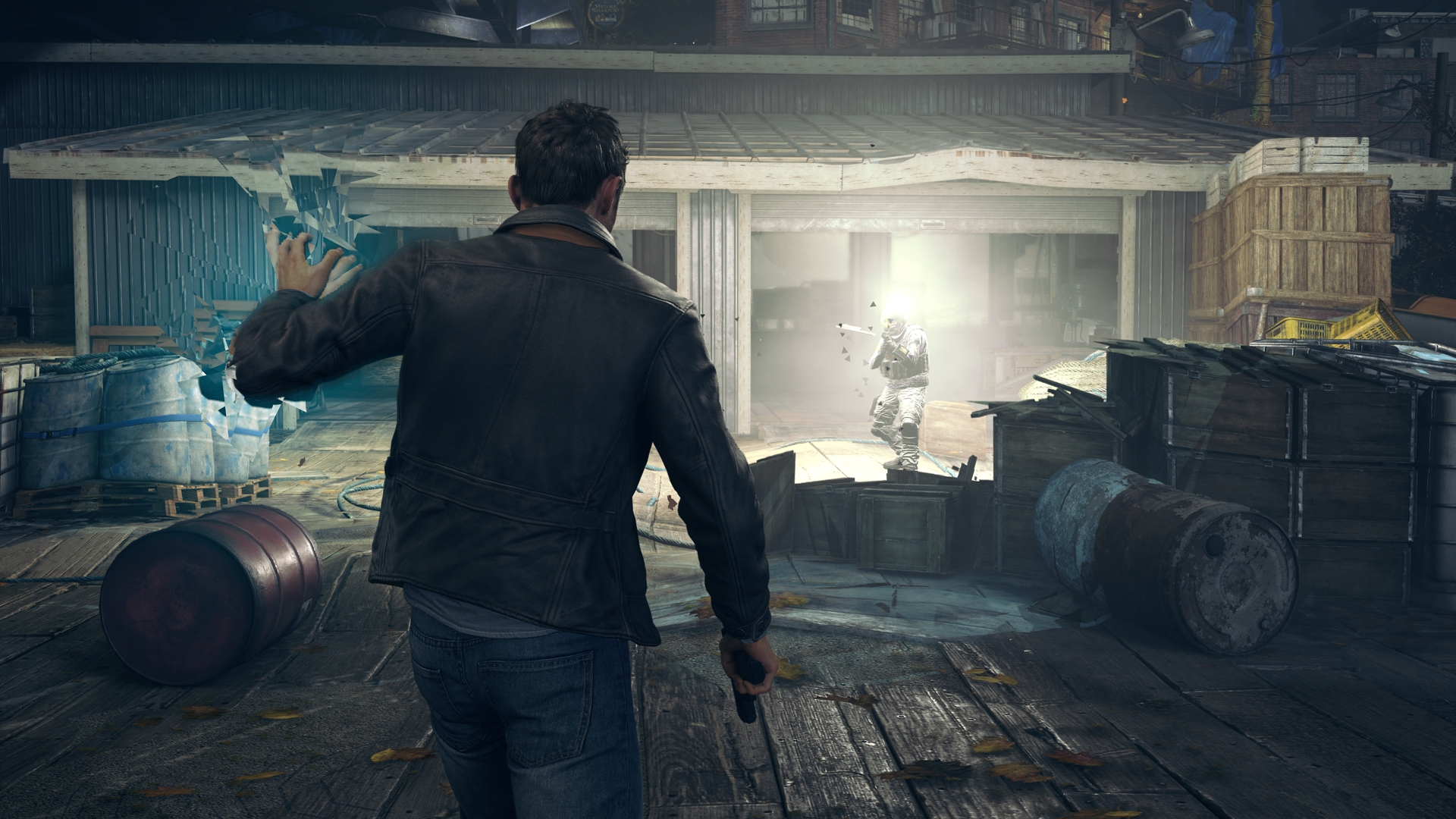
-
Quantum Break Screens #6

-
Quantum Break Screens #7
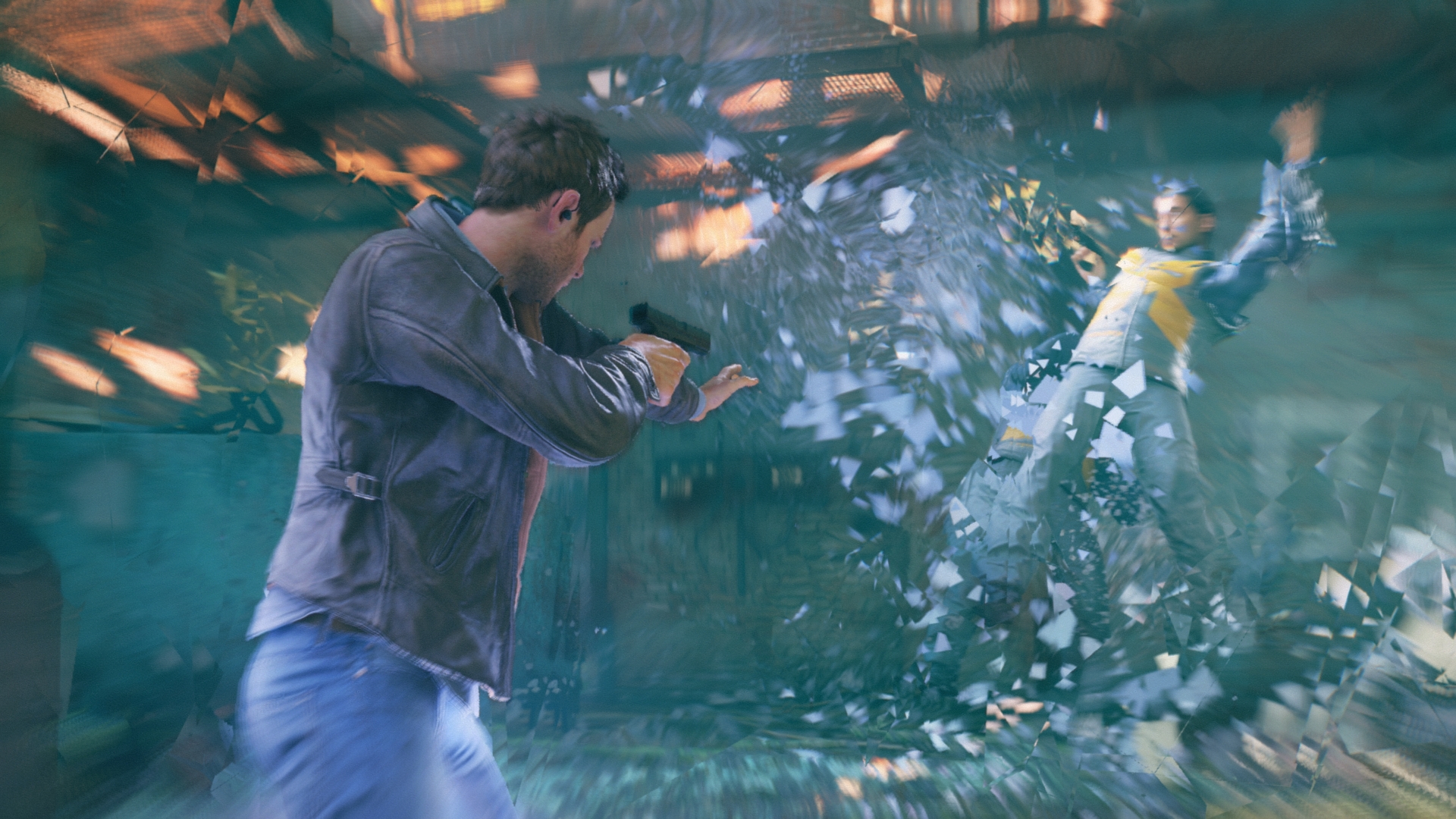
-
Quantum Break Screens #8
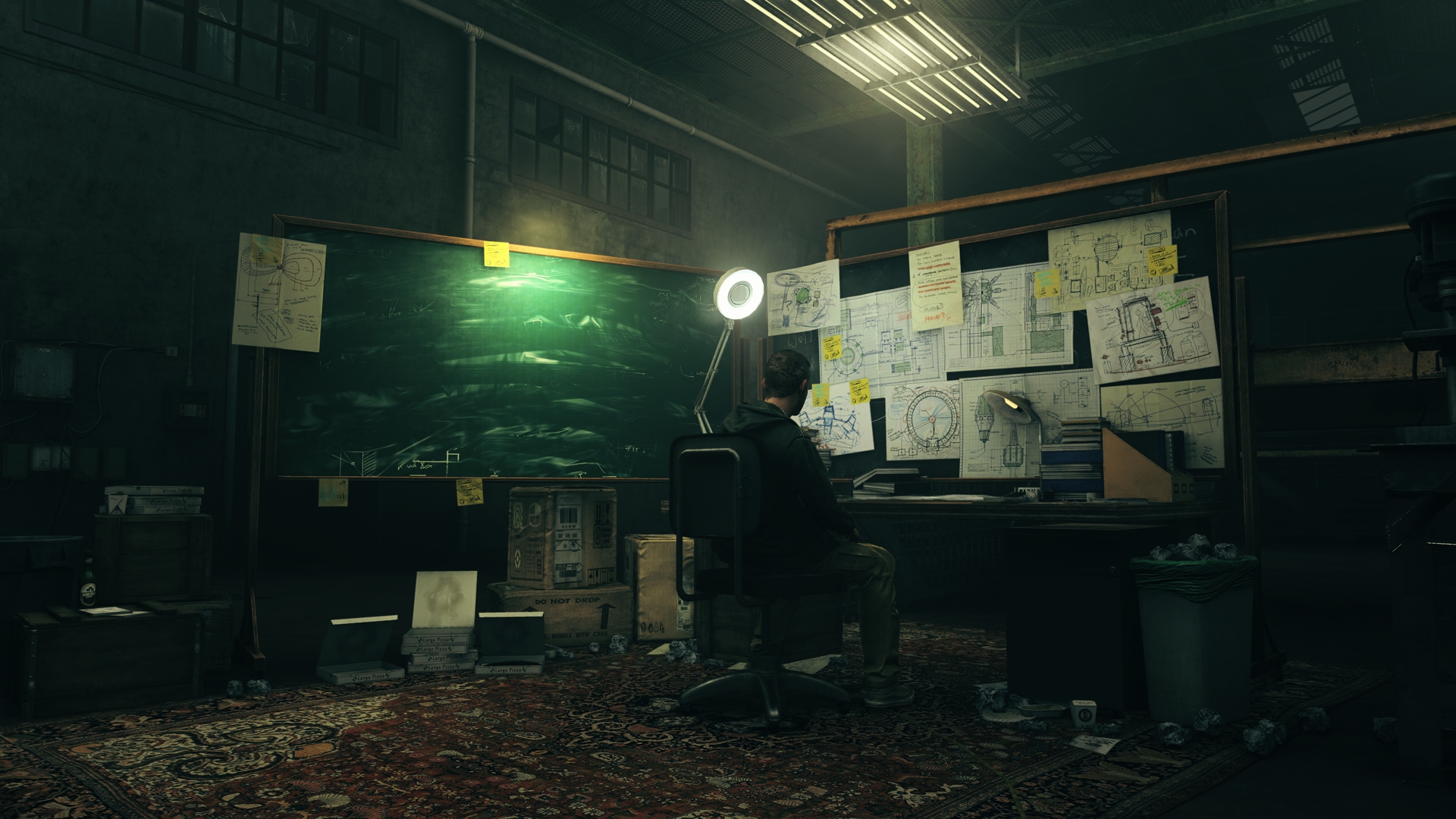
-
Quantum Break Screens #9
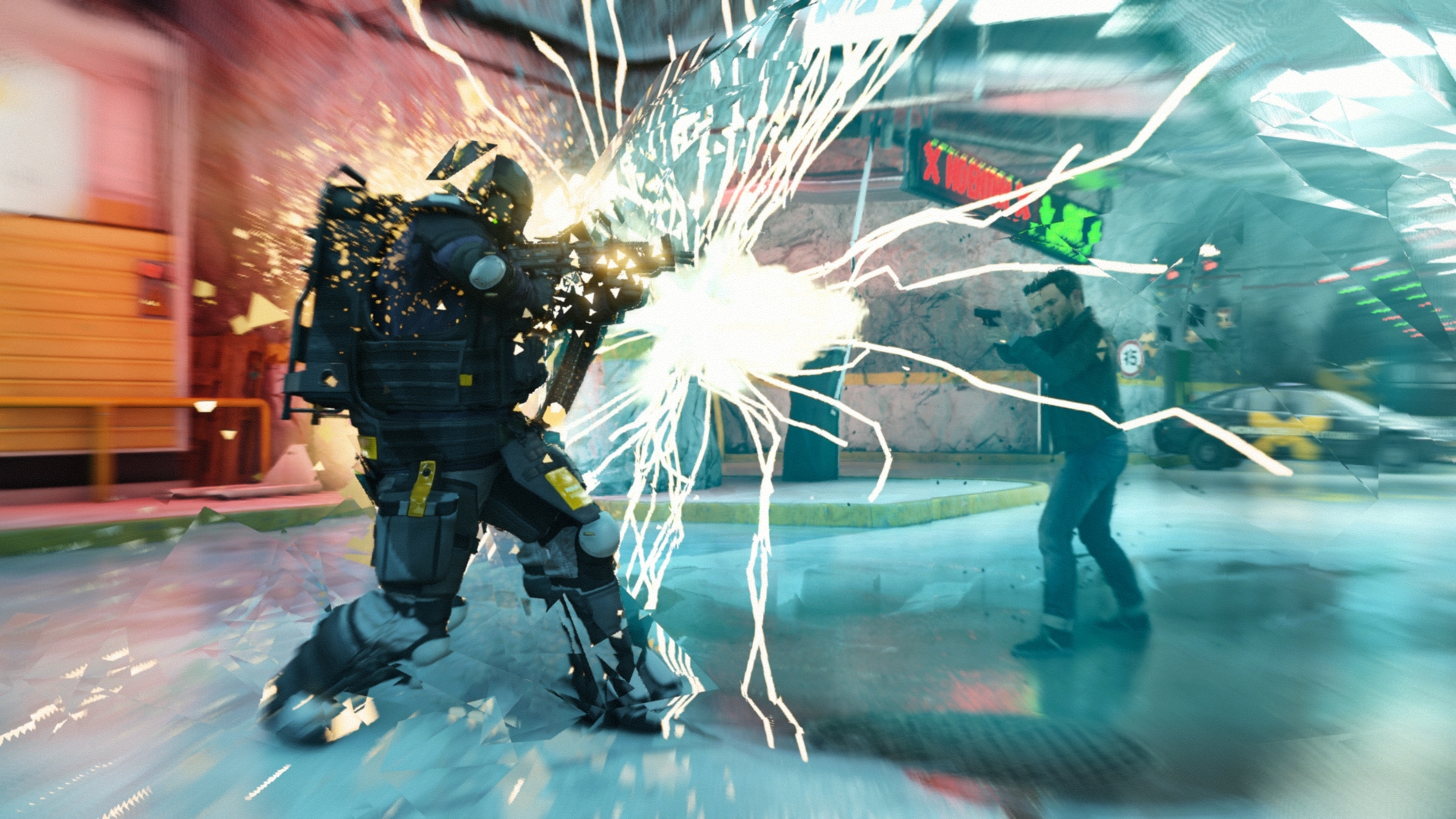
-
Quantum Break Screens #10
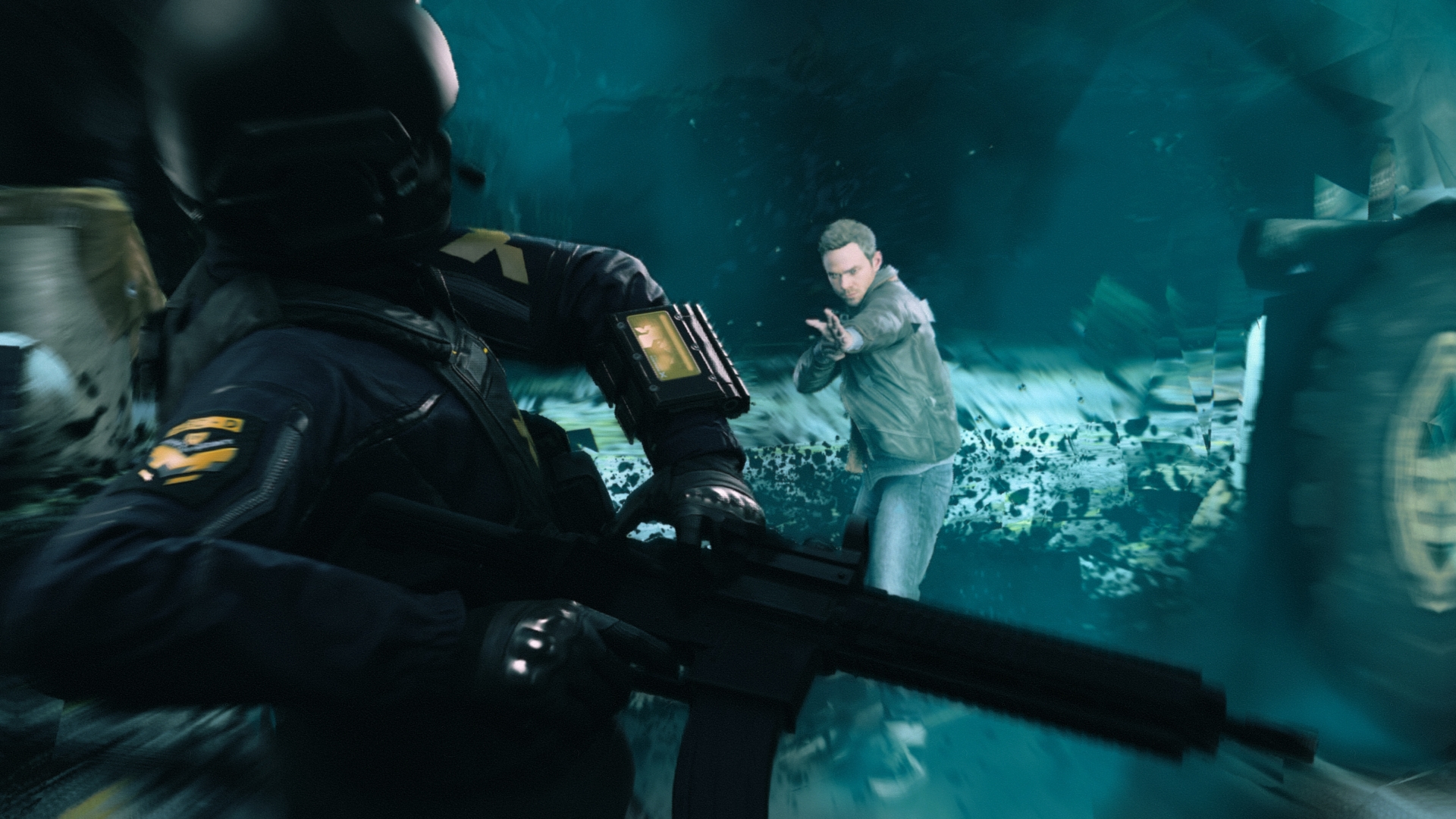
-
Quantum Break Screens #11
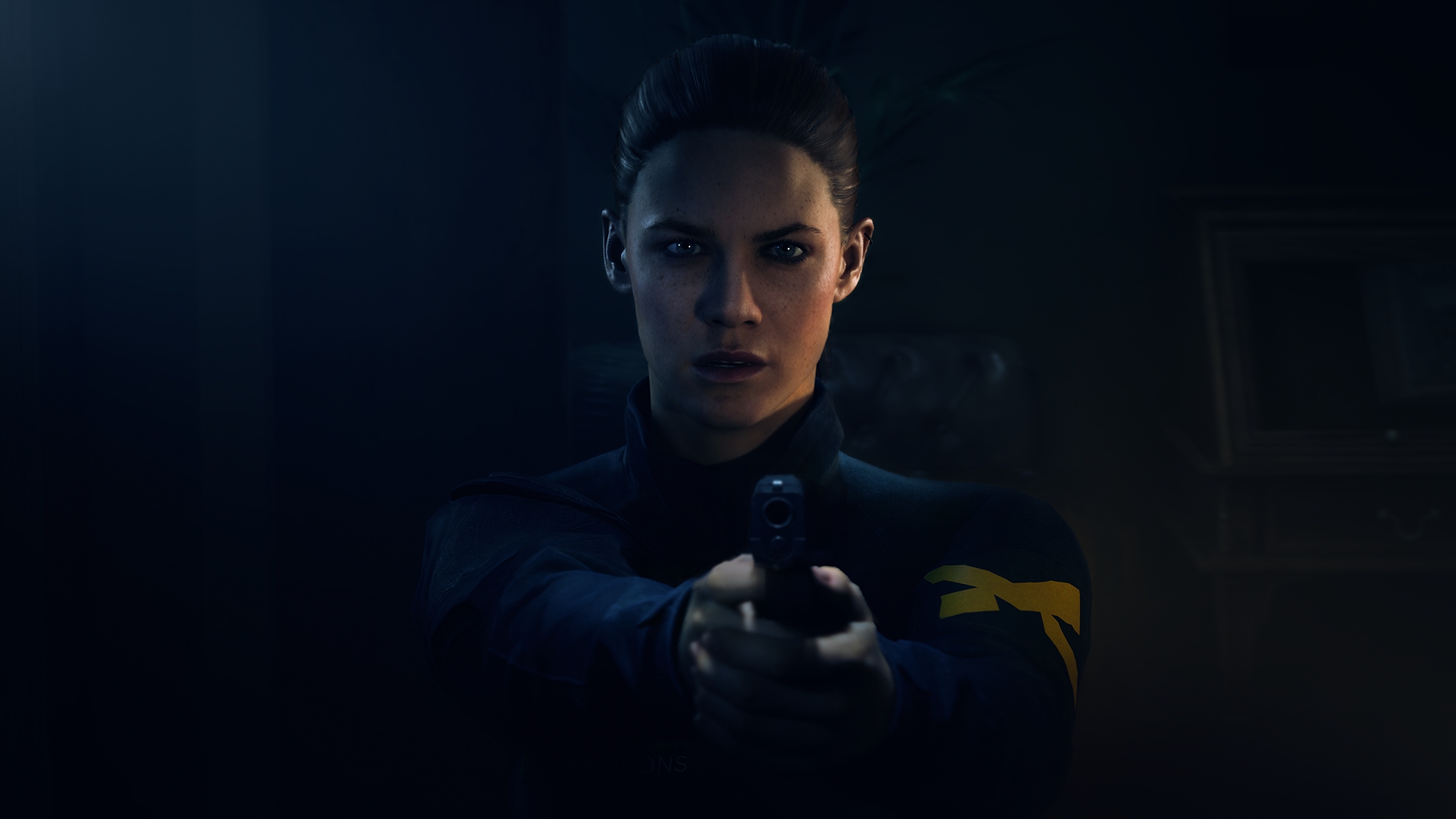
-
Quantum Break Screens #12
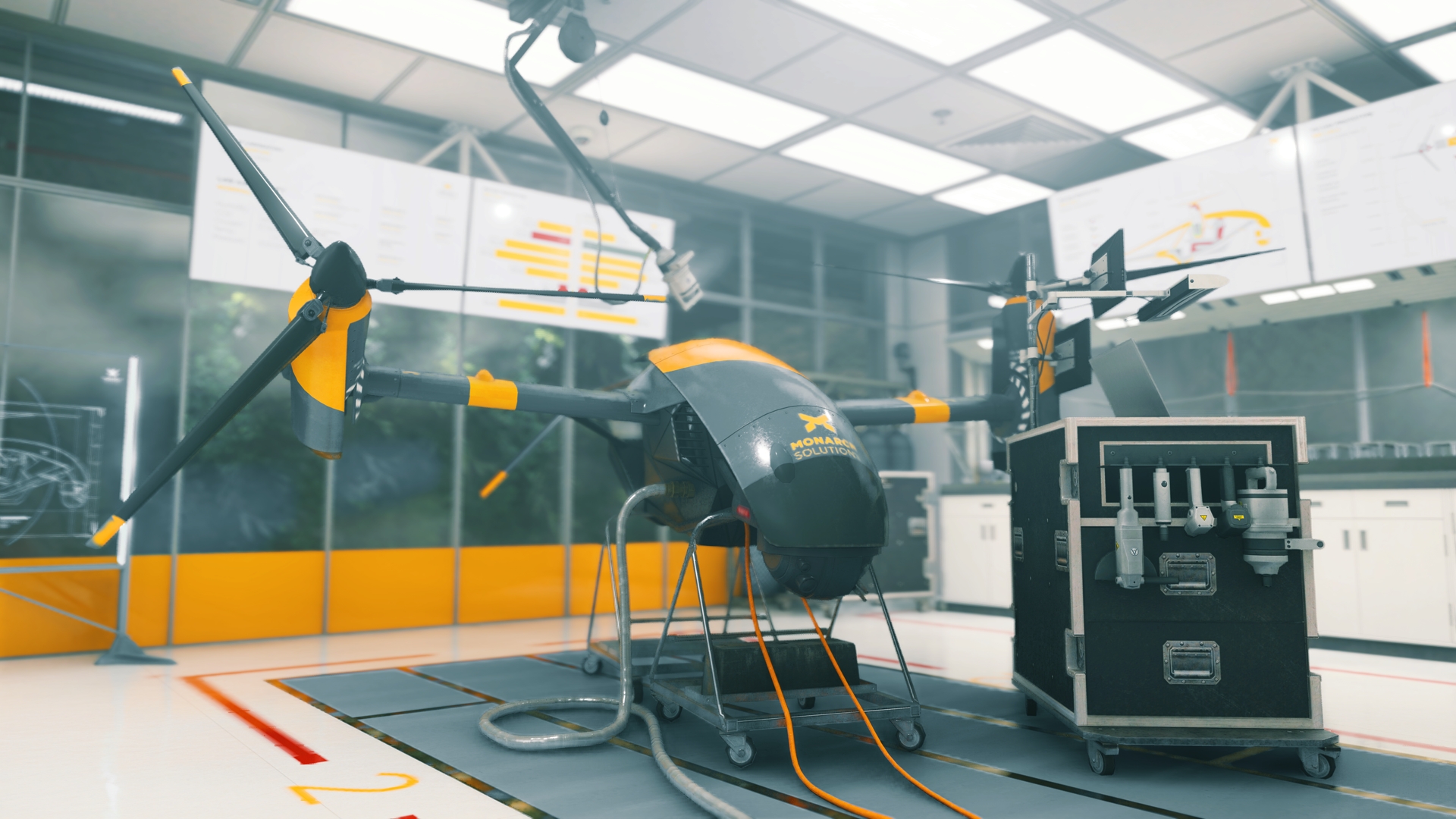
-
Quantum Break Screens #13
